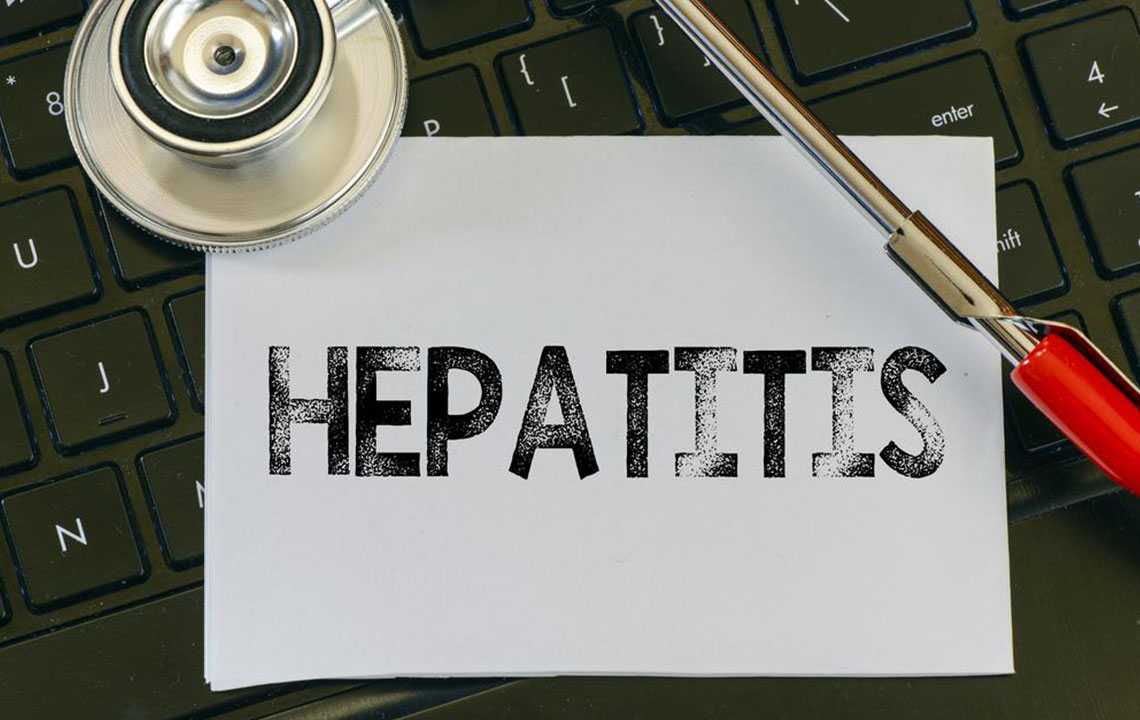Understanding Hepatitis C: Causes, Symptoms, and Treatment Options
Hepatitis C is a silent viral infection affecting the liver, caused by an RNA virus. It can lead to cirrhosis or liver cancer if untreated. Transmission mainly occurs through contaminated blood or needles. Early detection via blood tests, combined with antiviral treatments like Sofosbuvir or Ledipasvir, offers high cure rates. Preventive measures include safe injections, blood screening, and hygiene practices. Recognizing symptoms and timely diagnosis are crucial for effective management. Regular monitoring and lifestyle choices can reduce risks and improve outcomes.

Understanding Hepatitis C: Causes, Symptoms, and Treatment Options
Hepatitis C is a liver condition caused by an RNA virus leading to ongoing inflammation and potential scarring, known as cirrhosis. This virus attacks liver cells silently, often progressing undetected for years. It differs from other hepatitis viruses (A, B, D, E) in its behavior and impact. The infection can cause liver damage over time and may result in serious health issues if untreated. Prevention, early detection, and effective treatment are key for managing hepatitis C.
HCV infection often remains unnoticed for years, making awareness crucial. Transmission primarily occurs through contaminated blood or infected needles, especially among drug users and blood donors. Less common routes include body piercings and tattoos. It’s rarely spread through sexual contact or casual contact like sharing food or water. Mother-to-child transmission is possible but infrequent. Organ transplants and dialysis can also pose risks.
Recognizing Hepatitis C: Symptoms
The incubation period ranges from two weeks to six months. Early signs include fever, fatigue, nausea, abdominal pain, dark urine, jaundice, and loss of appetite. Symptoms are often mild or mistaken for other illnesses, making diagnosis challenging without medical testing. Advanced stages may bring symptoms like bleeding, pale stool, depression, weight loss, and exhaustion, indicating liver damage needing urgent care.Detection and Diagnosis
HCV diagnosis involves two steps: initial serological testing to detect anti-HCV antibodies and nucleic acid testing (NAT) to confirm active infection by measuring viral RNA. Further liver assessments, such as biopsies or elastography, evaluate the extent of damage like cirrhosis or fibrosis. Accurate diagnosis is essential for effective treatment planning.Treatment Strategies for Hepatitis C
While some individuals clear the virus spontaneously, most require medication. Treatment success depends on the strain and disease stage. Recent antiviral therapies, including Daclatasvir, Sofosbuvir, and Ledipasvir combinations, boast cure rates up to 95%. These medications are preferred for their safety, efficacy, and tolerability, aligning with WHO guidelines to combat the virus effectively.Preventive Measures
Prevention focuses on reducing exposure since no vaccine exists yet. Key practices include using sterile injections, disposing of sharps safely, practicing good hygiene, and screening blood donations. Consistent condom use helps prevent sexual transmission. For those with chronic infection, regular monitoring, early vaccinations, and awareness are vital components of secondary prevention.Factors Accelerating Liver Damage and Cancer Risk
Behavioral and environmental factors can worsen liver health, including smoking, alcohol use, drug toxicity, stress, genetic predispositions, and chemical exposure. Avoiding these risks can help prevent disease progression and reduce the likelihood of liver complications.Note: Some homeopathic remedies, such as Celandinium Majus, Bryonia Alba, and Kali Carbonicum, are used as complementary treatments. However, always consult a healthcare professional before starting any medication or therapy for hepatitis C to ensure safety and appropriateness.










